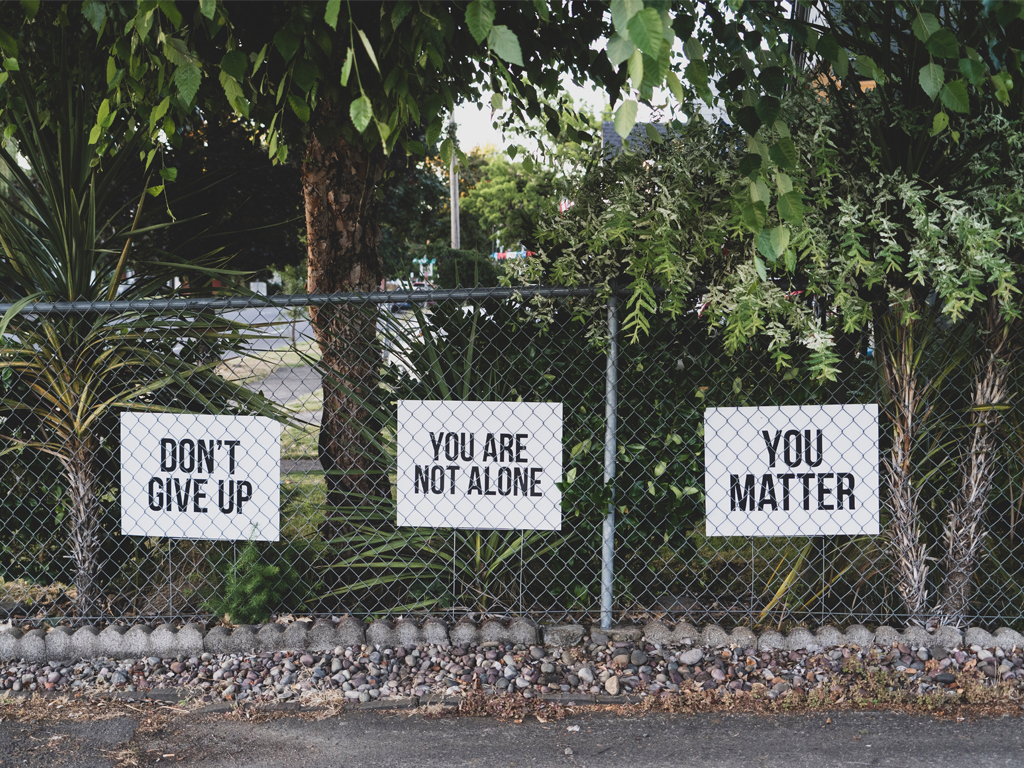
Part One: What Goes Up Must Come Down — Understanding & Navigating The Cycle Of Panic
Lifestyle May 26, 2021
In this two-part feature, Dr. Monica Vermani C. Psych, Clinical Psychologist will explore the cycle of panic. What it looks like, how it plays out, how to navigate feared or dreaded situations, and how we can conquer our most dreaded scenarios.
Dr. Monica Vermani is a Clinical Psychologist specializing in treating trauma, stress and mood & anxiety disorders, and the founder of Start Living Corporate Wellness. She is a well-known speaker and author on mental health and wellness. Her upcoming book, A Deeper Wellness, is scheduled for publication in 2021. Please visit: www.drmonicavermani.com.
Dr. Vermani has recently launched an exciting online self-help program, A Deeper Wellness, delivering powerful mental health guidance, life skills, and knowledge that employees can access anywhere, anytime at www.
We all have dreaded or feared situations. Anxiety-provoking scenarios come in all shapes, forms, and sizes. For some of us, it’s traveling in an airplane or driving on high-speed, multi-lane highways, or stepping on an escalator or elevator in an office building or a shopping mall. For others, it could be writing an exam, speaking in front of a group of people or attending a wedding, office Holiday party, or even an informal social get-together.

Over time, our anxieties may lead to avoidance behaviors — also known as ‘safety behaviors’ — where we limit our movements, interactions, and routines to avoid exposing ourselves to whatever makes us anxious or fearful.
Just as situations that cause us anxieties vary widely, so do the levels of intensity of our feelings. For example, for some, the anxiety of driving in heavy traffic is unpleasant and uncomfortable, while, for others, the same scenario could lead to a full-on panic attack, with a host of debilitating symptoms, like shortness of breath, heart palpitations, sweating, nausea, dizziness, and intense feelings of fear or dread.
Whatever the root cause of your anxiety or panic, and no matter how intense or prolonged it has been affecting your life, understanding the cycle of panic is key to bringing in the thoughts and actions that can help you begin to conquer your anxieties and feared situations once and for all.
Examining The Cycle Of Panic
Here’s an example of an anxiety-provoking situation. Meet Jane, a quiet young woman who is meeting her boyfriend’s large, gregarious family for the first time at his grandmother’s 80th birthday party. A polite and reserved young woman, Jane prefers meeting people one-on-one and tends to avoid large social gatherings. While she is thrilled to be invited to her boyfriend’s family event, her dread of actually having to go to the party builds as the day of the event draws near. And as her anxiety builds, she ignores these feelings and doesn’t allow herself to think about them at all. By the time she arrives at the party, she is a bundle of nerves. Five minutes in, she is hit by a tsunami of anxiety.
A Quick Fix
Jane — just as we have all done at one time or another — quickly looks for a way to take the edge off of her feelings of anxiety. She could reach for an alcoholic beverage or find a place to smoke a cigarette. But instead, she looks for somewhere to hide out for a while and catches her breath. There, between the coat racks, she finds her quick fix, and after a few minutes, her anxiety begins to decrease. Once she is calm enough, she goes back into the crowded party. And everything is okay. Right? Well, not exactly …

The problem with reaching for that quick fix — no matter what form it takes — is that it creates a negative memory. That negative memory adds fuel to the flames of anticipatory anxiety — and as a result, those ruminating thoughts of dreaded situations are now even stronger, thanks to yet another unpleasant, defeating experience. From here, Jane’s anticipatory anxiety will grow even stronger.
Anticipatory Anxiety
The first time we find ourselves in an uncomfortable situation — one that builds into a situation that causes us anxiety — our anxiety takes quite a while before it becomes overwhelming. But then, after this negative experience, every time we re-enter or even think of re-entering a similar situation, feelings of anxiety can intensify very quickly. And this can set the stage for an anxiety attack.
A Better Way
There is a better and healthier way to navigate these situations and scenarios, and a strategy that does not leave us worse off than before! Back to Jane, and the party. Rather than entering into this anxiety-provoking experience unprepared, she puts a lot of thought into how she is going to handle her discomfort. Determined to make a good first impression and enjoy the day, she mentally prepares, making a promise to herself to not give in to her fears, and instead to stay present and have faith in herself that she can ride out whatever short-term feelings come up. Jane buys a thoughtful gift for her boyfriend’s mother, and chooses an outfit that makes her feel confident and comfortable. She knows these things will bolster her confidence on the day.
Creating Positive Memories
This time, as her fears and anxieties rise, instead of hiding among the coats, she stays present in the moment and acknowledges her feelings. She closes her eyes and grounds herself with a few deep breaths. She then repeats to herself several times: “What goes up must come down.” After a few minutes, her anxiety begins to recede. Half an hour later, she is laughing and talking with a group of people she has only just met. She has a good time and makes a great first impression with her boyfriend’s family.

More importantly, Jane has created a positive memory. In doing so, she has planted a seed of positivity that will help combat anticipatory anxiety and lead her to a state of mind where she will no longer dread the mere thought of attending a social event.
Like Jane, we all have a choice … we can choose to face our anxieties, take control of how we navigate through challenging scenarios, and create positive rather than negative memories, combat and conquer the negative anticipatory thoughts that lead to crippling anxieties and panic attacks.
Dr. Vermani’s Tips On Riding Out Feared Scenarios
Remember that what goes up must come down. This rule applies to both anxiety and panic.
Acknowledge your feared scenarios. Self-awareness is the first step to conquering our anxieties.
Decide that you are going to make an effort to conquer your fears, rather than allow them to rule you.
Bring in grounding practices that work for you, like deep breathing, clenching and releasing your fist, closing your eyes for a few seconds.
Remind yourself: ‘What goes up must come down.’
Celebrate incremental victories. These small victories will lead you out of repeating negative experiences.
Main Image Photo Credit: www.unsplash.com
Dr. Monica Vermani
Author
Dr. Monica Vermani is a Clinical Psychologist who specializes in treating trauma, stress, mood & anxiety disorders and is the founder of Start Living Corporate Wellness. Her book, A Deeper Wellness, is coming out in 2021. www.drmonicavermani.com













































































































